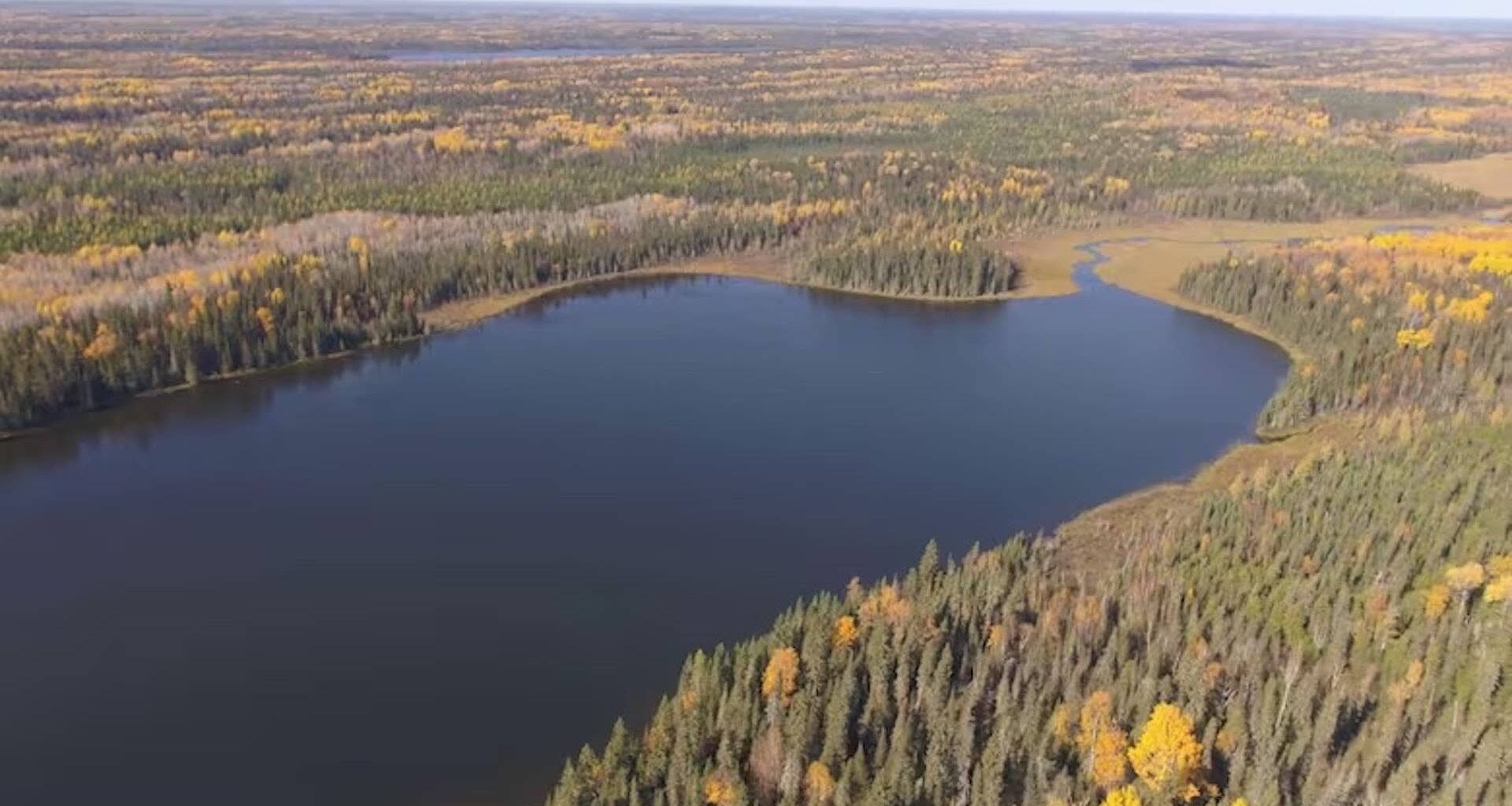Bona said the new data could be included as early as next year in Canada’s official greenhouse gas reporting to the UN. Its inclusion would provide a new look at the severity of the problem, which researchers say is getting worse.
Why peatland fires are a climate problem
Much of Canada’s peatlands are in the boreal forest zone, where trees like black spruce — which are prone to burning — are common. The presence of those trees, along with rich carbon deposits in the soil, can make peatlands very flammable, especially during dry periods.
Peat fires also smoulder over longer periods, rather than going up in one giant flame. Some of these fires can burn for months or years, according to researchers, releasing large amounts of their stored carbon into the atmosphere.
Greg Verkaik, a peatlands researcher and PhD candidate at McMaster University, collects post-fire field measurements to estimate the emissions. He painstakingly measures the depth of the peat at various points to figure out how much has been burned.
His time in the field provides him with a close look at the impact of climate change and worsening wildfires.
“You get days where you just can’t go into the field because everything’s smoky and it’s hard to breathe and it’s not safe for you to be out there,” he said.

